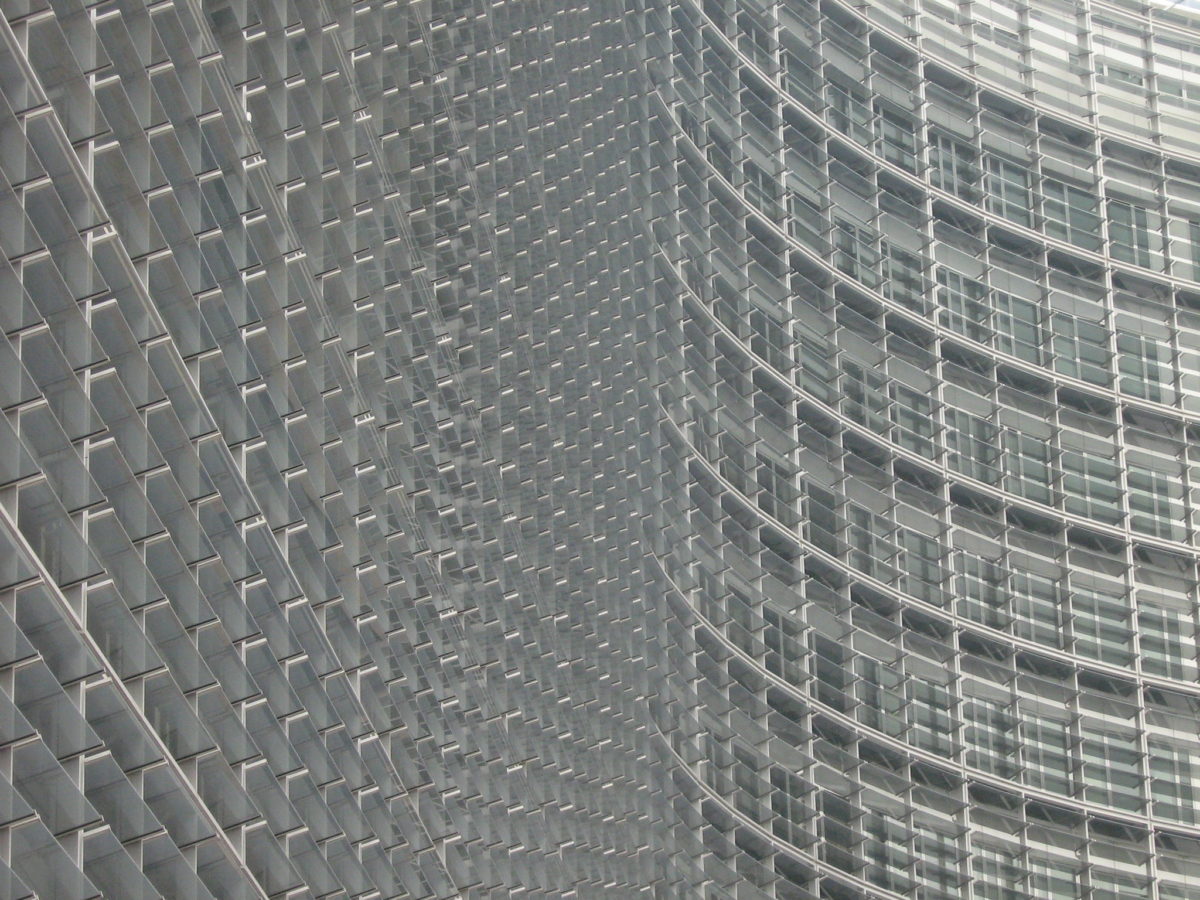From pv magazine Germany.
The 100% Renewable Europe: How to make Europe’s energy system climate neutral before 2050 report, by trade body SolarPower Europe and Finland’s Lappeenranta-Lahti University of Technology, claims to be the first study to model a fully renewable path to climate neutrality for the European energy system by mid century.
Three transformation paths featuring different rates of renewables adoption are compared to arrive at the conclusion the least ambitious path would be more expensive for European society and its economy.
- The “leadership” scenario envisages 100% renewable energy as early as 2040.
- The cheapest 100% renewables path – based on cumulative costs – is the “moderate scenario,” which would hit the 100% goal by 2050.
- In the “laggard” scenario, the authors assume 62% renewable energy by 2050.
A central component of the study, and the first two scenarios, is that solar’s share of electrical generation would grow to 60% in Europe by 2050 and that from 2030, solar power would become the pillar of the energy system. Wind power, however, would be an important contributor under the two pathways and would remain the leading renewable energy source until 2030.
Storage
Given the mooted contribution of solar and wind, expansion of energy storage, particularly after 2030, would be critical to the leadership and moderate scenarios. Green hydrogen would also be vital for sector coupling and climate neutrality, although development in the sector is envisaged to pick up only from 2030 on.
Although zero emissions – against 1990 levels as a baseline – could be achieved by 2040 or 2050, according to the authors of the study, the laggard scenario is based on only a 53% decline by 2030, meaning around 800 million tons of CO2 would still be emitted in the continent in 2050.
“Following the publication of the European climate law, six member states asked the European Commission to include a 100% renewable energy scenario in the commission’s energy and climate projections for 2050,” said Luxembourg’s energy minister Claude Turmes. The minister said either of the 100% renewables pathways could also make the continental energy system more resilient.
Michael Schmela, executive advisor and head of market intelligence at Solarpower Europe, said: “Solar energy will generate more than 60% of European electricity by 2050. However, this must go hand-in-hand with a high degree of electrification and sector integration, which is essential for achieving a 100% renewable and integrated energy system.”
Hydrogen
Renewables-powered ‘green’ hydrogen will supplant wind power as the second most important clean energy source from 2030 onwards, according to the report, thanks to the contribution it will make to decarbonizing heating and transport.
Neither of the two zero-carbon-by-mid-century scenarios will be possible without policy support to drive solar and wind capacity in Europe into the terawatt range, warned the study.
“As a first step, the EU should legally set the goal of climate neutrality and review the EU’s greenhouse gas target for 2030 to meet the Paris Agreement of 1.5 degrees Celsius,” said Aurélie Beauvais, political director of Solarpower Europe.
Priority should be given to the expansion of solar and wind power in the electricity sector by 2030 to pave the way for low-cost hydrogen solutions from that point on, stated the report.
Beauvais added: “We also call for the establishment of a committee to implement [a] ‘clean energy package implementation body’ to remove the legal and administrative framework that remains the main obstacle to the use of photovoltaics and renewable energies in Europe.”
Sustainability in solar and storage
This content is protected by copyright and may not be reused. If you want to cooperate with us and would like to reuse some of our content, please contact: editors@pv-magazine.com.




Read with great interest your article. One area I am very interested in is heat storage. To be more specific storage of heat from summer sun to be extracted and used during winter months. This is an area which would go hand in hand with Solar PV. Could you provide an update on this area please?